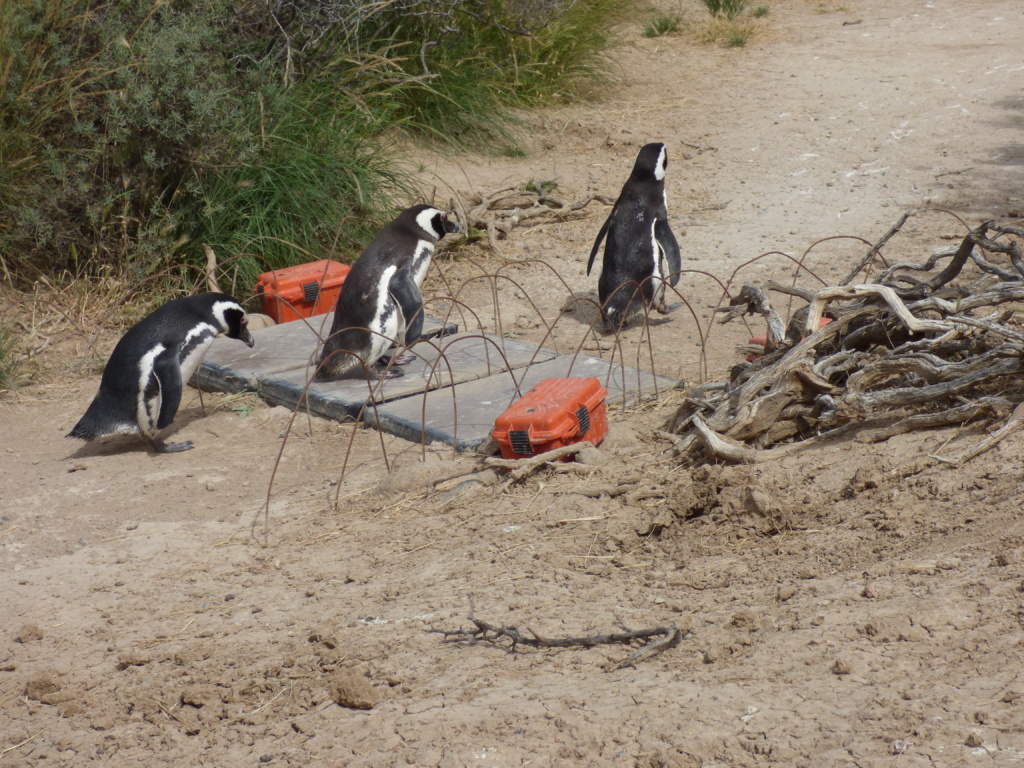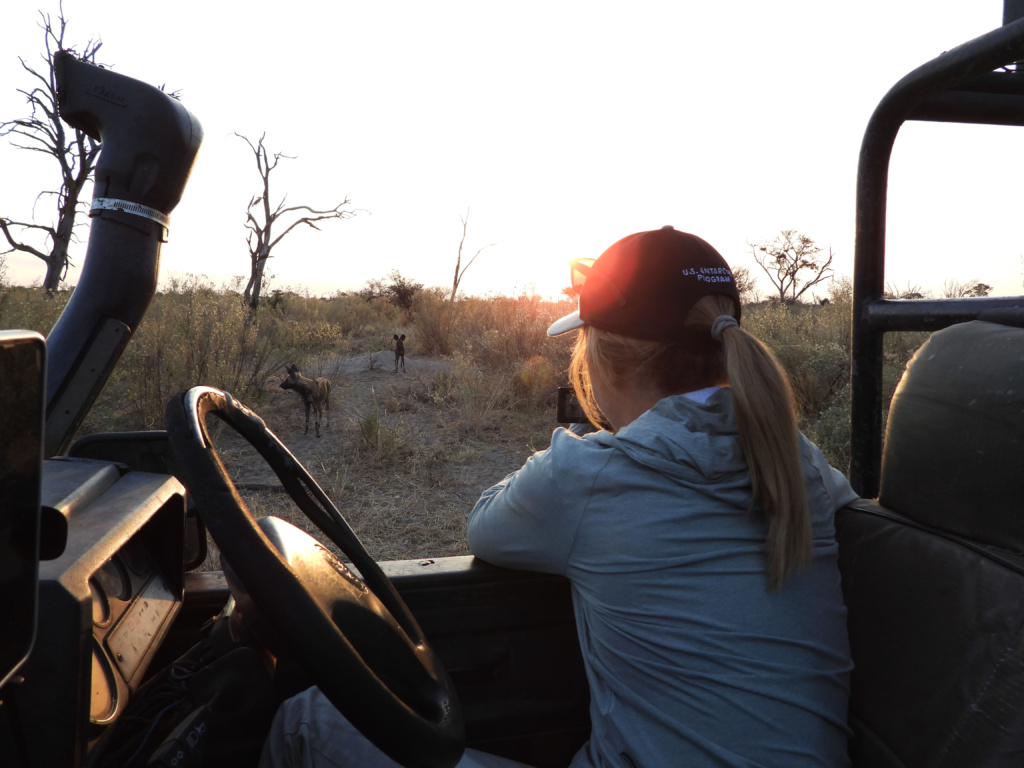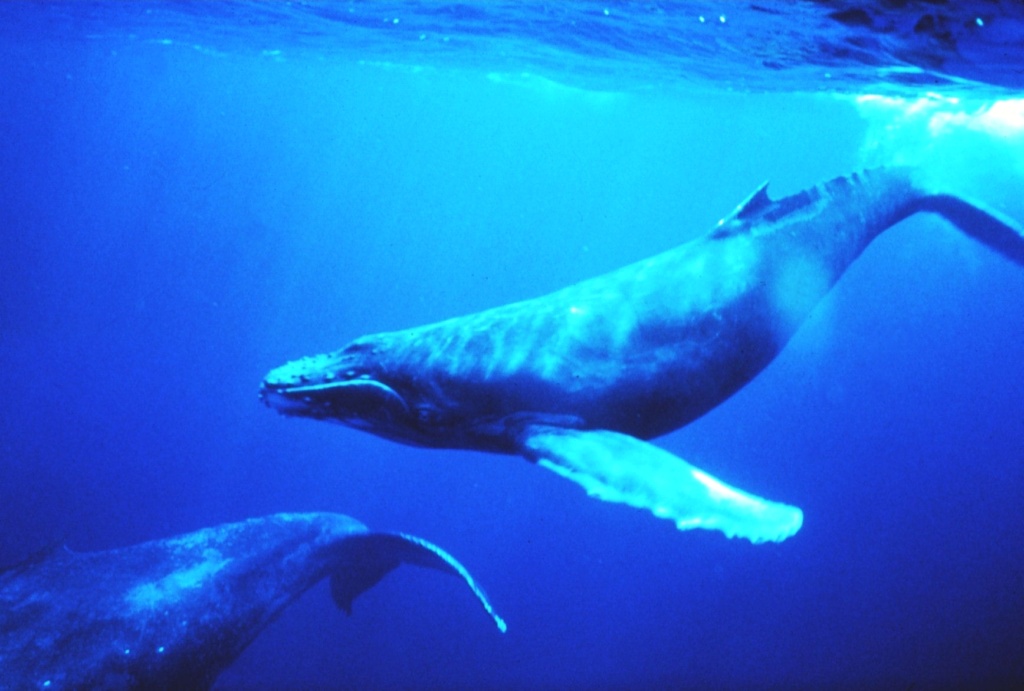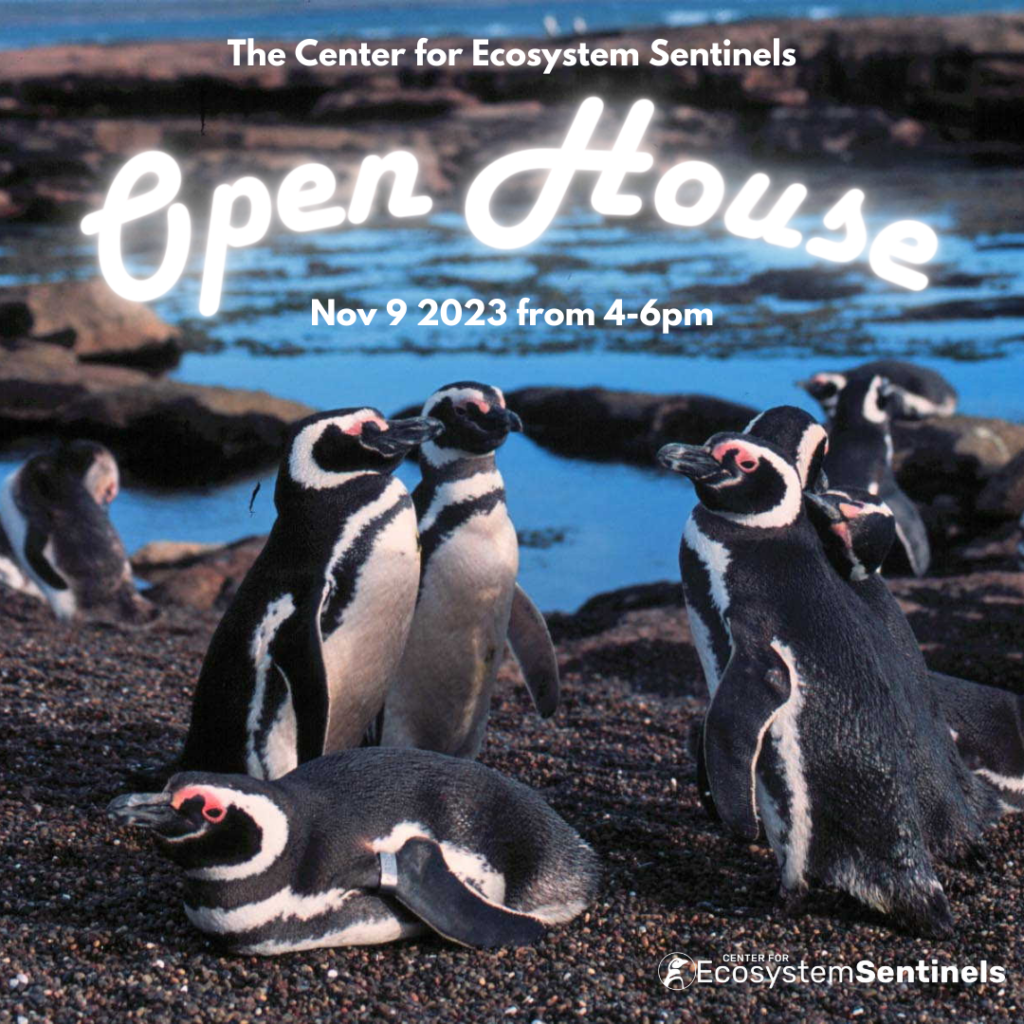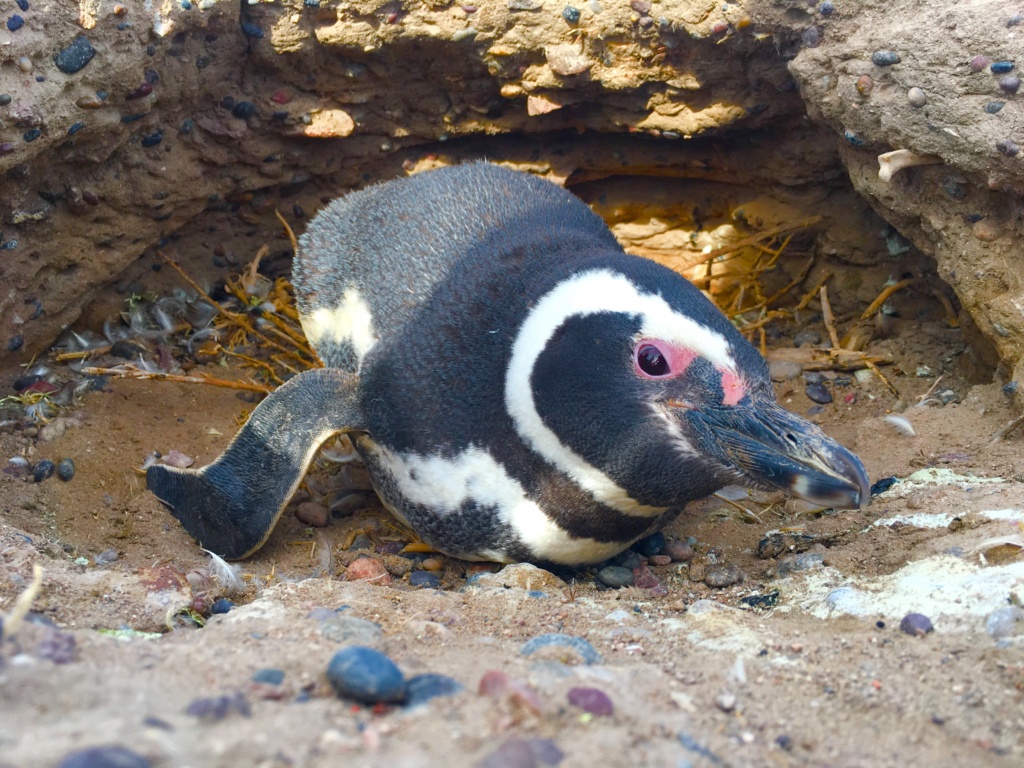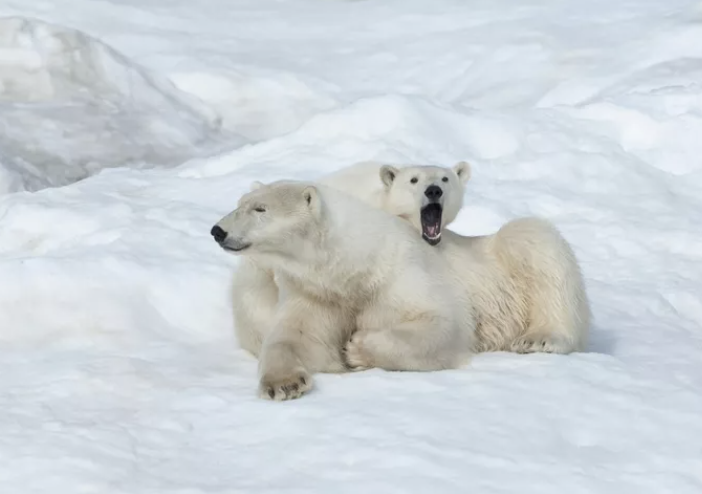Dr. Briana Abrahms chosen as a Packard Fellow for 2023
Dr. Briana Abrahms has been named a 2023 Packard Fellow for Science and Engineering. As one of 20 new fellows across the country, Abrahms, who holds the Boersma Endowed Chair in Natural History and Conservation, will receive $875,000 over five years for her research. Read the full story here. From all of us at the Center for Ecosystem Sentinels: congratulations on this well-deserved honor!
Dr. Briana Abrahms chosen as a Packard Fellow for 2023 Read More »

